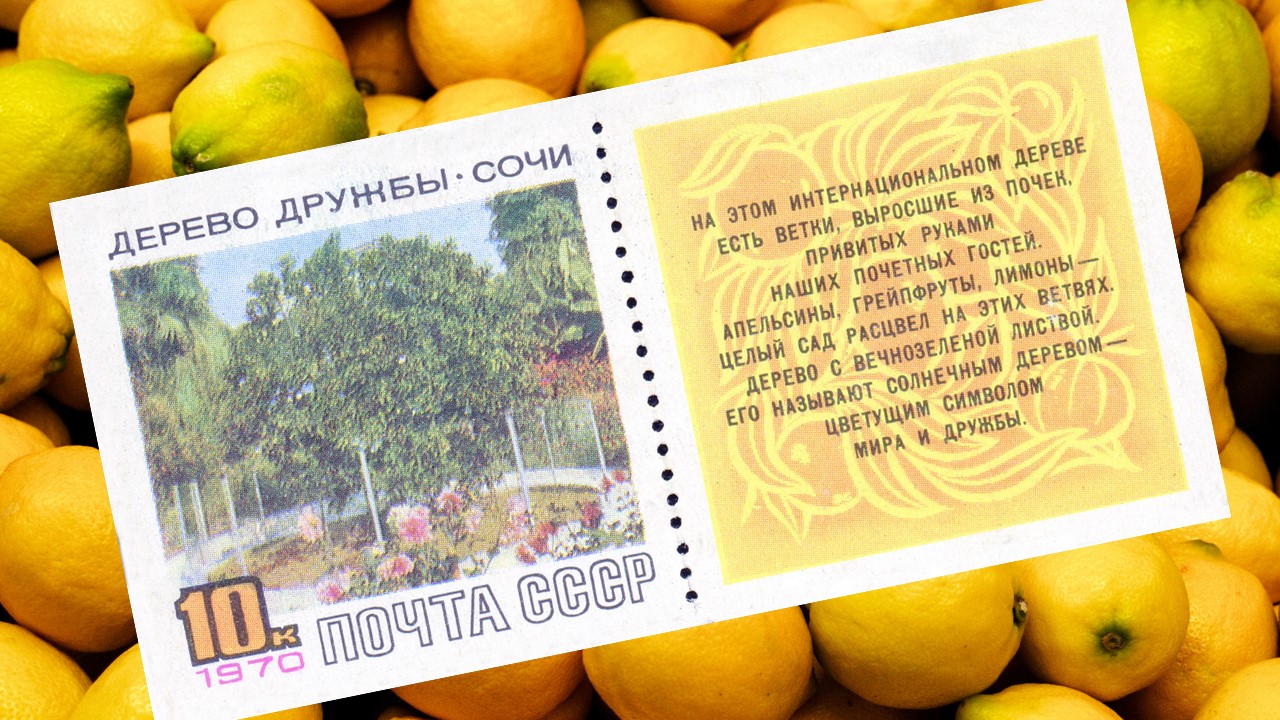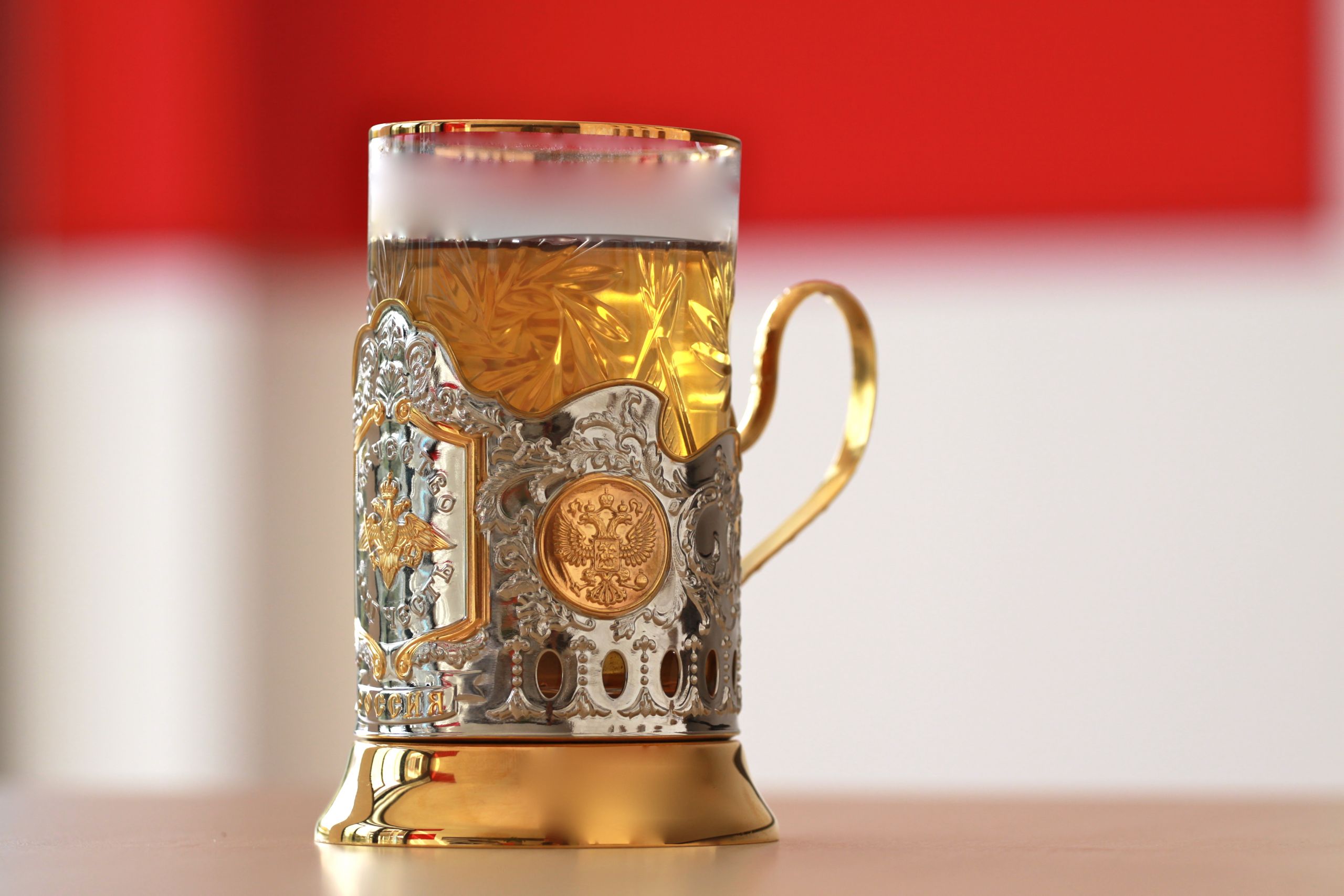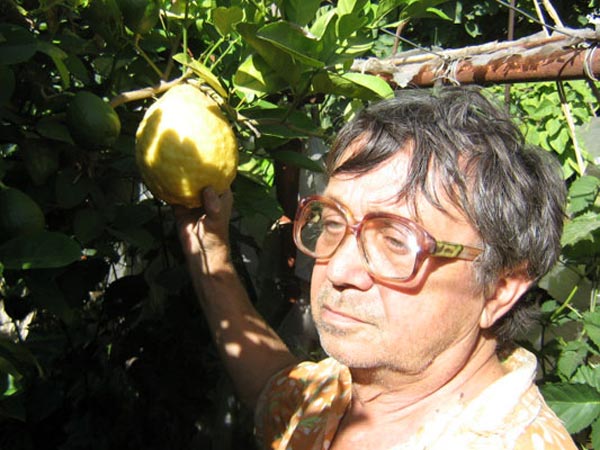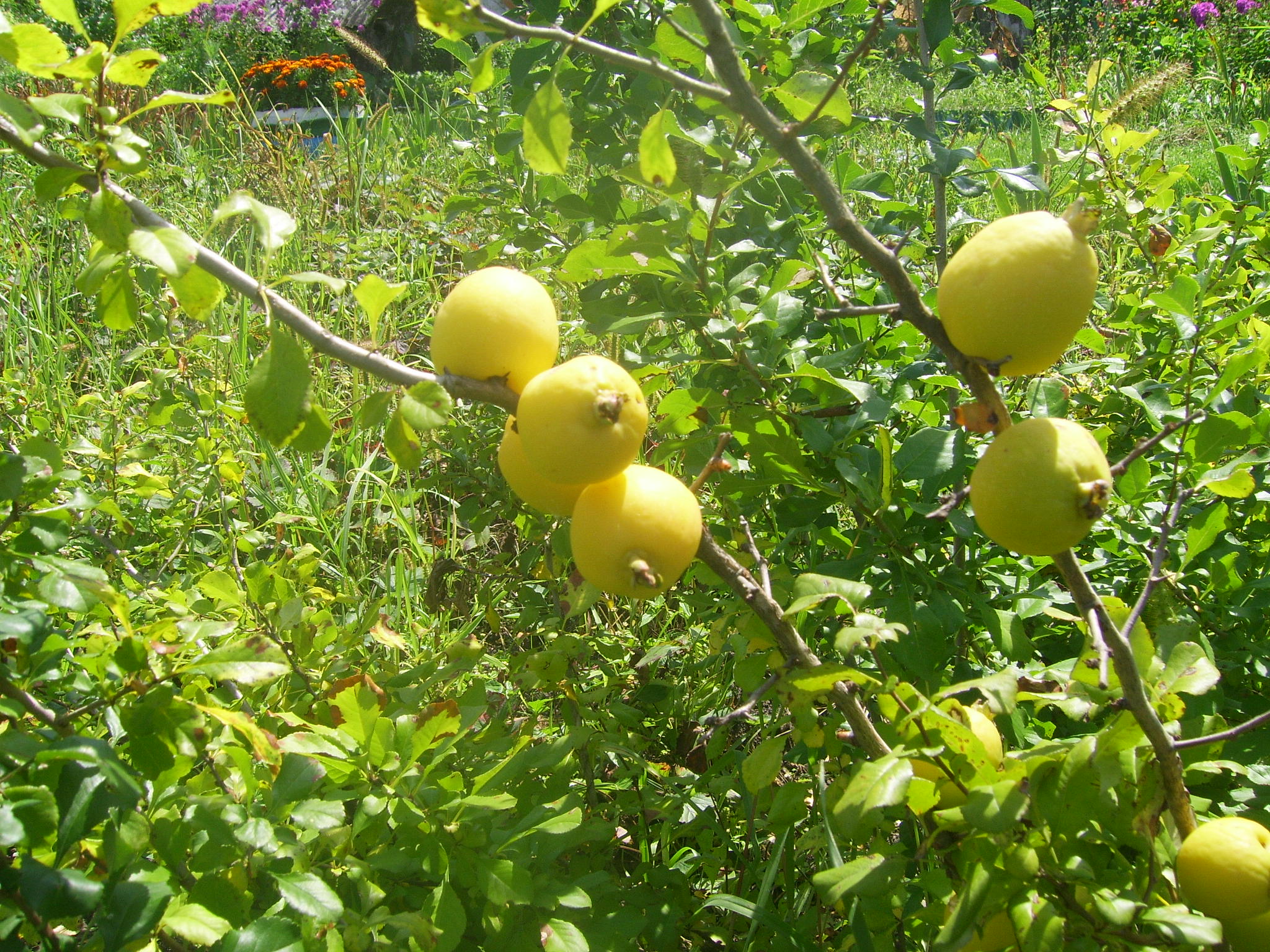As Forbes Cracked Russia Up, I Talked to Local Lemon Experts

Contributing authors are dangerous to any media with a user platform — at least if neglected by the editor.
On Thursday, Lizzy Saxe, a Forbes contributor writing about food and business, submitted an article headlined “Want To Find A Rich Person In Russia? Look For The Lemons.” In the article, Harold Edwards, the CEO of a California-based agricultural company Limoneira expressed his theory of high demand for lemons in Russia. If lemons can’t grow there, he deducted, they should cost a lot, so Russians must use them to “communicate to people that they have the means to be able to afford them.”
Apparently, when I brewed some lemon tea, I was a “wealthy Russian” who “incorporates lemons into my lifestyle.”
The article, while being featured on Forbes’ social media and getting around 25,000 hits by the time of writing, seems to be mostly ignored by the US media. It’s not really a well-researched article to pick up seriously; the piece was based solely on claims of Limoneira’s CEO, with 7 out of 11 paragraphs, the lead one included, featuring him or the company in a positive light.
As the author hadn’t bothered to check whether Edwards was right, the story was widely ridiculed in Russia both on social media and by press outlets. Lemons are, of course, not a “bling of produce” in the country. With the average retail cost of 117.40 rubles per kg in December 2018 (1.74 US$, or around 13 rubles cheaper than a Big Mac), lemons are three times cheaper than in the US, going by US Department of Agriculture’s annual data.
Soviet tradition with imperial roots
While the reasoning was wrong, local analysts confirm the claim which sparked it. According to AB-Centre, an agriculture think tank, Russia is the second biggest importer of lemons, with the top one being the US. With the purchase amount of 213,000 ton in 2018, the sector has not only recovered after the Russian monetary crisis of 2014–2015 but set the all-time record. Analysts note there wasn’t any notable downfall to recover from, though. With price changes not affecting the demand, importers got away with only the slight reduction of the supply.
“The consumption pattern is traditional for Russian culture,” notes Alexei Plugov, AB-Centre’s General Director. “For example, the most popular folk remedy during the flu is to drink lots of lemon tea. It’s similar to tangerines as traditional New Year treats, with most countries not incorporating then into holiday dishes.”

A glass of lemon tea in podstakannik became a staple of train travels in Russia. Credit: Jürg Vollmer, CC BY-SA 3.0
The case for tangerines is worth focusing on a little bit more. For most older Russians, the strong connection between tangerines and New Year celebrations goes back to the Soviet Union, with its short supply to imported fruit. To meet at least some demand for citruses, Russia had to rely on its own resources — or on the resources of other Soviet republics.
Raisa Kulyan, head of the laboratory of fruit crops selection at Russian Research Institute of Floriculture and Subtropical Crops, points to Georgia as the Soviet Union’s main supplier of both lemons and tangerines. Plains of Abkhasia were more suitable for growing lemons on the open field then Krasnodar Krai, the only subtropical region of independent Russia.
“There were more territories, and the subtropical zone was wider. Nowadays, we are limited by Adler and Sochi regions [of Krasnodar Krai],” she says, lamenting the mountainous terrain of Russian subtropics.
The researcher notes we shouldn’t attribute the popularity of lemons in Russia solely to Soviet distribution chains. “Historical background is crucial for their popularity. Not without reason people were growing lemons on their windowsills during the time of Peter the Great,” Kulyan referred to Pavlovo lemonarium near Nizhny Novgorod, in the centre of European Russia.
First mentions of lemons in Russian go beyond the history of the Russian Empire, back to the time of tzars. Domostroy, a 16th-century collection of household rules, mentions recipes and remedies using lemons. Being a popular work, it shows the citrus was not an unwitnessed fruit even for low-ranking nobles.
The quest for Russian lemons
Despite the attempts of local farmers, it’s impossible to stumble upon homegrown lemons in Russian stores. Last year, local manufacturers have just entered the market at the level of the country — as a blip on the chart, with the share less than 0.01%. But Kulyan states more entrepreneurs are interested in growing lemons locally.
According to the scientist, all it takes for lemons to grow is the temperature above 5 °C (41 °F) during the winter — a goal achievable with heated or plastic-sheet greenhouses even in southern Siberia. The most suitable for moderate climate is the Meyer lemon, she says; the low-growing, undemanding cultivar notable for its orange cortex.

Georgiy Siverskiy, an Usbek farmer. Credit: IA Ferghana
In Uzbekistan, a country in Central Asia on the south from Russia, local farmers even adopted them for growing without greenhouses. To shield lemons from cold winds, they grow them in trenches. Bringing them to Russia as “Tashkent lemons,” exporters hope to meet the demand once taken by Spanish and Greek manufacturers barred from selling produce to Russia by economic sanctions. But with a 0.3% share of imported lemons, they have to go a long way — and face Turkey and Argentine keeping more than three-fourths of the production.
To the possible dismay of the head of Limoneira, who claimed Russian favor Californian lemons over any other kind, there was no official import of lemons from the US in both 2017 and 2018.
Add some yellow to a greenback
Joking and being curious simultaneously, some Russians thought Edwards was confused by a Russian vernacular. Popularized in the 1990s, “lemon” means “million” of dollars or rubles in thieves’ slang. With the last syllable stressed, both words sound similar in Russian, with “lemon” being some sort of mangled shortening. According to two philologists reached by a Russian newspaper Argumenty i Fakty, the word first appeared during the Russian Civil War of 1917–1922 accompanied by the depreciation of the ruble. As the Soviet Union collapsed, more people got access to once unimaginable sums of money, reviving the word in process.
The most crucial point right now is, the word got another meaning just for brevity. According to the Leonid Belovinsky, Doctor of History, there was no analogy with actual lemons.

Lemons growing in Bryansk Oblast. Credit: Anatoly Tarantsov, CC BY 3.0
For Russians, lemons might not be metaphorical golden nuggets portrayed by the Forbes’ article, but the country’s fascination with them is worth a deeper look even from within Russia itself. While the article has started just as an exercise in fact checking, it has provided me with a different point of view on a mundane ingredient. From ever-growing supply from abroad to greenhouses in Siberia, Russians’ love for lemons surely goes beyond the imaginary desire to somehow show off.
Meanwhile, Forbes has “corrected” the article “to more accurately reflect social status in Russia” — if the removal of a single paragraph counts as a correction.
The cover photo is composed of “Valencia market – lemons” by Hans Hillewaert, CC BY-SA 4.0, and a USSR stamp “Friendship Tree, Sochi with label” (1970), no copyright.
The Russian version of the article is published by Pervoistochnik.


